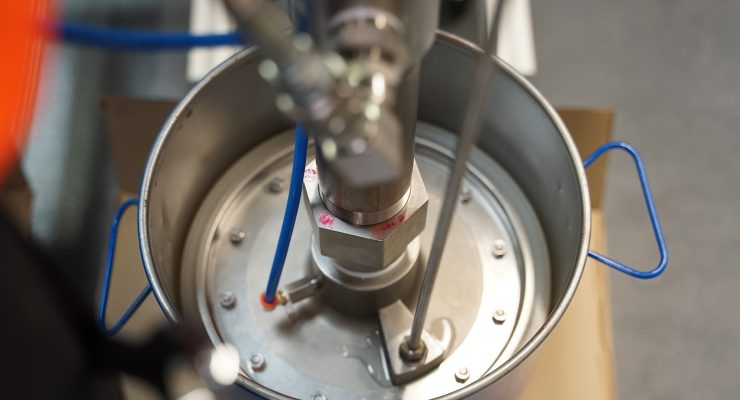Adhesive Dispense Issues : Entrapped Air, and what you can do to avoid it!
Posted
Entrapped air in 2 -component adhesives and casting resins can create multiple problems for the user.
In two-component adhesives, large air pockets can cause a ratio imbalance and phasing during dispense, where patches of the adhesive do not fully cure, leaving soft spots and weaker areas. This can often result in costly product failure and rework.
Entrapped air in resins likewise causes problems, not only does the same issue of soft spots occur, but when poured or injected into a mould, air bubbles rise to the surface making imperfections that often need to be reworked, filled, sanded and polished. If the moulded part is thin, accumulation of entrapped air pockets will create serious structural weaknesses.
When an adhesive is packaged into cartridges, you can push against the bung to tell if there is air entrapped in the material. If the bung moves and is compressible it is a sure sign that there is air in the material. Another sign that there is air in the adhesive is the occurrence of bungs popping out of the cartridges and the contents leaking out during storage.
It is likely you or your supplier blend raw materials under vacuum and takes care when packing down to avoid incorporating air into the material. If that’s not the case, you may need to degas the material after the manufacturing process to remove the entrapped air. Either way, once you have air-free material, you’ll want to keep it that way! Especially if the material is high viscosity and requires high vacuum for a long period to remove entrapped air.
As a side note, be careful when processing methyl methacrylate adhesives under vacuum. The monomer has a low flash point and can evaporate out of the formulation.


